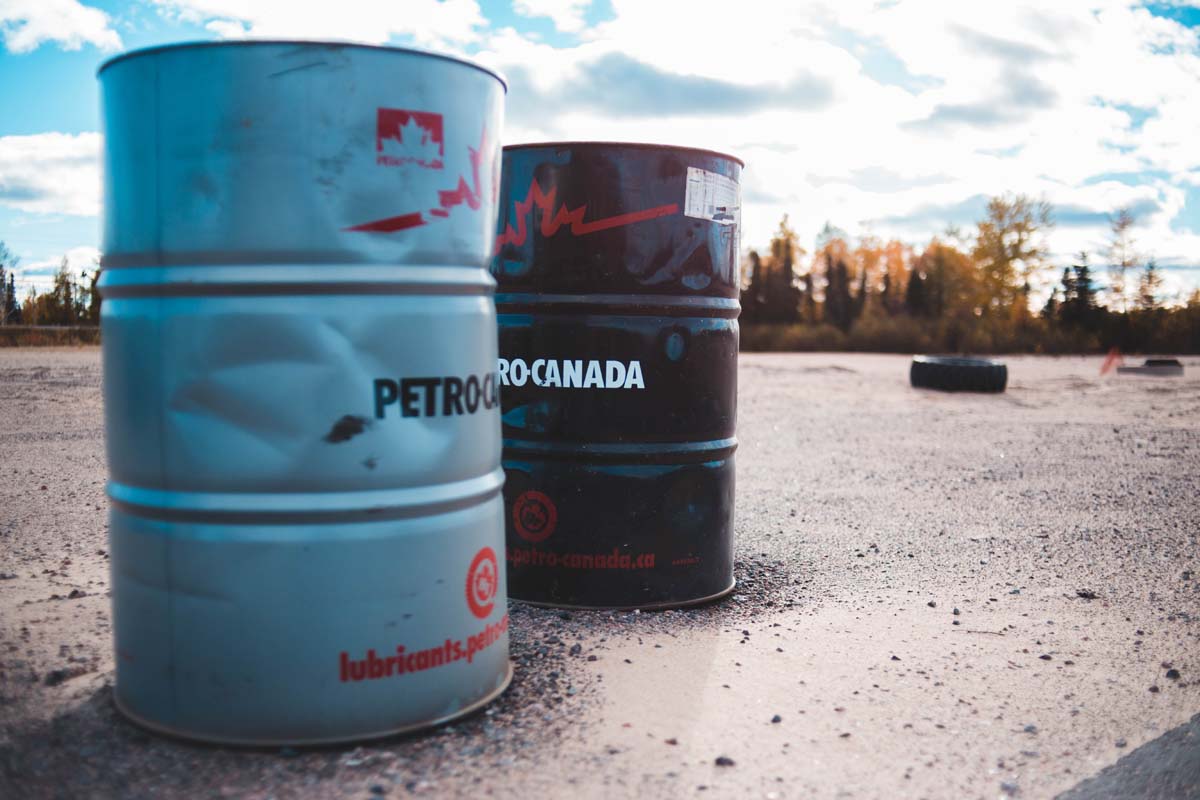
403
Sorry!!
Error! We're sorry, but the page you were looking for doesn't exist.
Russian natural gas shipments to EU drop heavily
(MENAFN) Russian natural gas shipments to the European Union dropped significantly in June, with volumes falling 18.3% from the previous month, according to data analyzed by reports. The decline is believed to be linked to ongoing maintenance on gas transport infrastructure.
At present, the TurkStream pipeline is the only active route delivering Russian gas directly to Southern Europe and Türkiye, following Ukraine’s decision to halt gas transit at the end of 2024.
In June, flows through TurkStream fell to 37.6 million cubic meters (mcm) per day—down from 46 mcm per day in May. However, in a year-on-year comparison, gas volumes through the pipeline rose 6.8% in the first half of 2025, totaling more than 7.8 billion cubic meters (bcm), compared to the same period in 2024.
Overall, Russia’s total gas exports to the EU—including pipeline and liquefied natural gas (LNG) shipments—stood at approximately 8.33 bcm from January to June 2025. This marks a steep 47% drop from the 15.5 bcm sent over the same period last year.
Russia, once the leading gas supplier to the EU, saw its role diminish significantly after 2022. Western sanctions related to the Ukraine conflict, along with the sabotage of the Nord Stream pipelines, contributed to the shift. Russian gas accounted for more than 40% of EU pipeline imports in 2021, but that figure had fallen to around 11% by 2024.
Although EU sanctions have not explicitly banned Russian natural gas, many member states have opted to scale back purchases voluntarily. Nevertheless, several Central and Eastern European countries—including Hungary, Slovakia, Austria, and the Czech Republic—continue to rely on Russian gas due to limited alternatives and various exemptions. Non-EU member Serbia also remains a customer.
Following the implementation of Ukraine-related sanctions, energy costs in Europe spiked. In 2022, EU governments collectively spent about $459,342 billion on subsidies to offset the impact on consumers and businesses, according to the European Court of Auditors (ECA). While prices have since returned to near pre-crisis levels, the ECA has warned that affordability remains uncertain if future supply disruptions occur.
In response to the ongoing energy concerns, the European Commission introduced the RePowerEU initiative, aiming to eliminate Russian energy imports entirely by 2027. While the plan has received pushback from Hungary, Austria, Slovakia, and reportedly Italy, the Commission intends to move forward using trade legislation, which would allow it to bypass unanimous approval and pass the proposal through a majority vote.
At present, the TurkStream pipeline is the only active route delivering Russian gas directly to Southern Europe and Türkiye, following Ukraine’s decision to halt gas transit at the end of 2024.
In June, flows through TurkStream fell to 37.6 million cubic meters (mcm) per day—down from 46 mcm per day in May. However, in a year-on-year comparison, gas volumes through the pipeline rose 6.8% in the first half of 2025, totaling more than 7.8 billion cubic meters (bcm), compared to the same period in 2024.
Overall, Russia’s total gas exports to the EU—including pipeline and liquefied natural gas (LNG) shipments—stood at approximately 8.33 bcm from January to June 2025. This marks a steep 47% drop from the 15.5 bcm sent over the same period last year.
Russia, once the leading gas supplier to the EU, saw its role diminish significantly after 2022. Western sanctions related to the Ukraine conflict, along with the sabotage of the Nord Stream pipelines, contributed to the shift. Russian gas accounted for more than 40% of EU pipeline imports in 2021, but that figure had fallen to around 11% by 2024.
Although EU sanctions have not explicitly banned Russian natural gas, many member states have opted to scale back purchases voluntarily. Nevertheless, several Central and Eastern European countries—including Hungary, Slovakia, Austria, and the Czech Republic—continue to rely on Russian gas due to limited alternatives and various exemptions. Non-EU member Serbia also remains a customer.
Following the implementation of Ukraine-related sanctions, energy costs in Europe spiked. In 2022, EU governments collectively spent about $459,342 billion on subsidies to offset the impact on consumers and businesses, according to the European Court of Auditors (ECA). While prices have since returned to near pre-crisis levels, the ECA has warned that affordability remains uncertain if future supply disruptions occur.
In response to the ongoing energy concerns, the European Commission introduced the RePowerEU initiative, aiming to eliminate Russian energy imports entirely by 2027. While the plan has received pushback from Hungary, Austria, Slovakia, and reportedly Italy, the Commission intends to move forward using trade legislation, which would allow it to bypass unanimous approval and pass the proposal through a majority vote.

Legal Disclaimer:
MENAFN provides the
information “as is” without warranty of any kind. We do not accept
any responsibility or liability for the accuracy, content, images,
videos, licenses, completeness, legality, or reliability of the information
contained in this article. If you have any complaints or copyright
issues related to this article, kindly contact the provider above.

















Comments
No comment